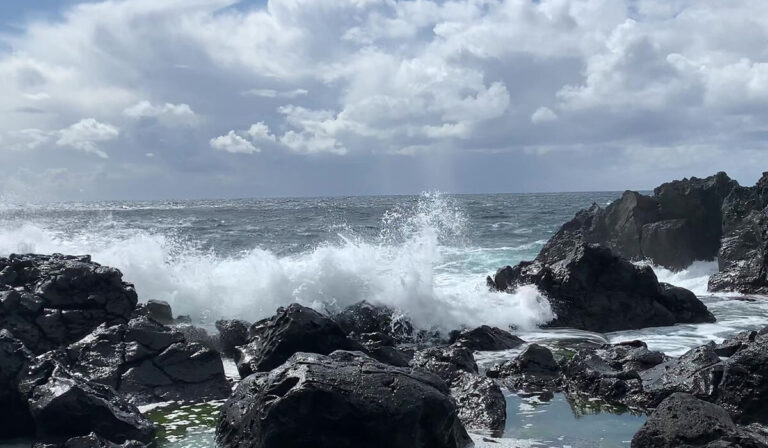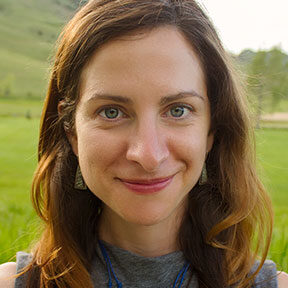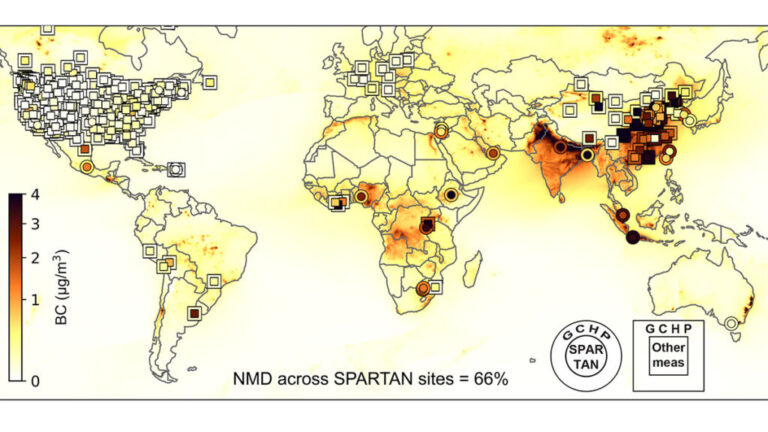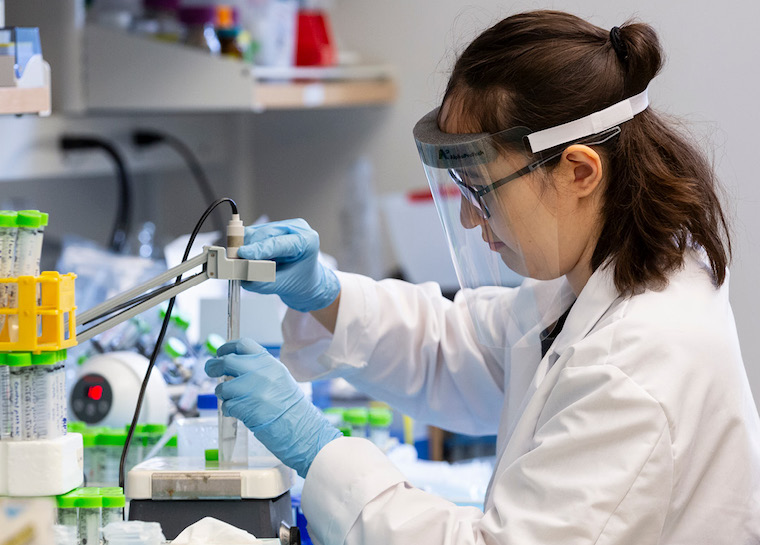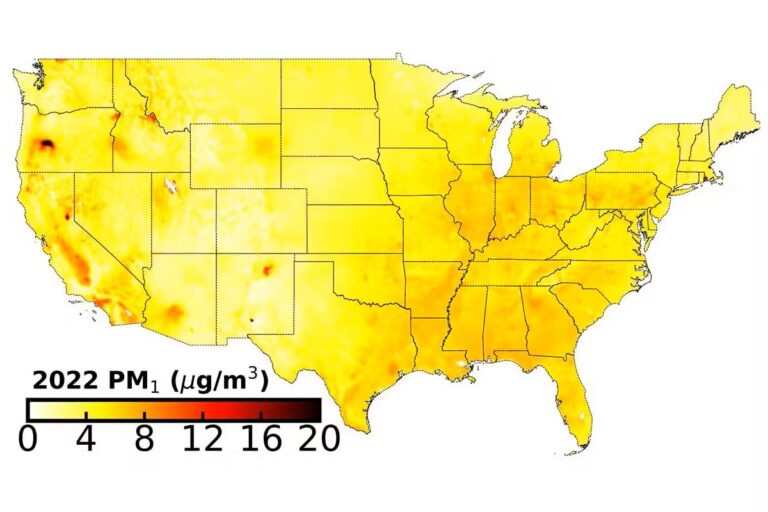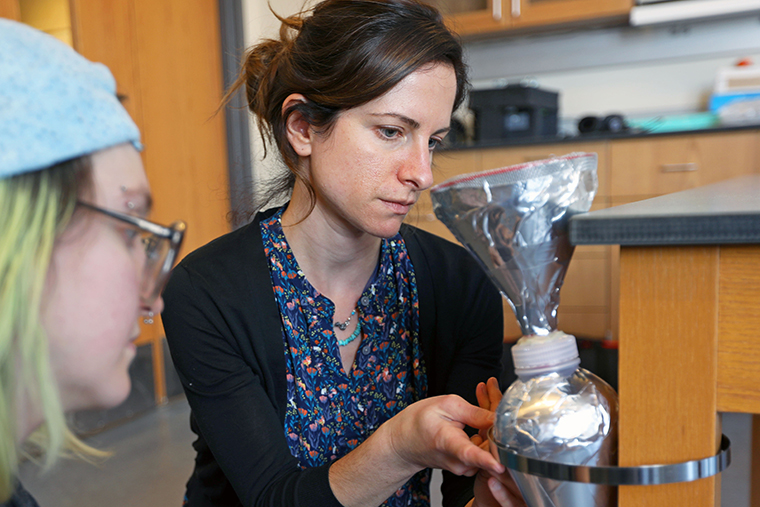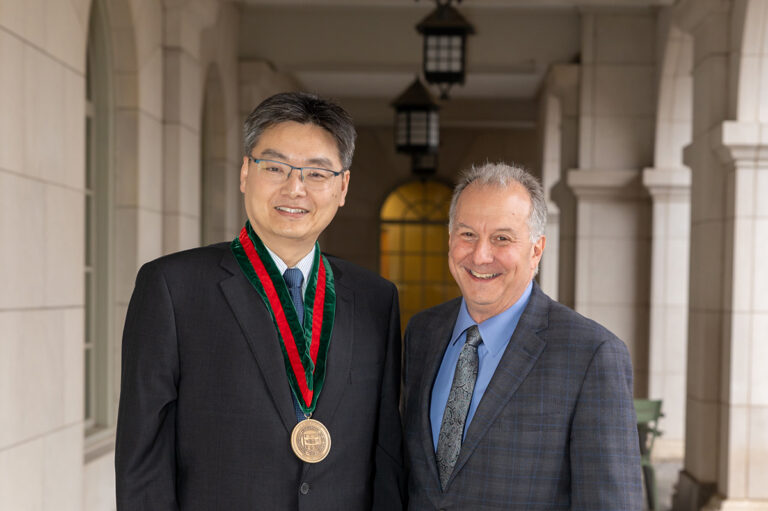When waves meet the shore, sea spray levels up
Researchers look closely at sea spray aerosols from shoreline wave breaking, environmental implications
Konecky wins 2025 NSF CAREER Award
Bronwen Konecky has won a prestigious NSF CAREER Award to study rainfall changes in the Central America and northern South America region
Black carbon emissions underestimated in ‘global south’
Black carbon, the sooty byproduct of incomplete combustion of fossil fuels, has emerged as a major contributor to climate change and human health impacts.
Environmental futures
SHARE
Across all Washington University in St. Louis campuses, scores of researchers share a drive to understand the natural forces that shape our climate, health, culture and physical world.
Tiny and toxic: Researchers track smaller air pollution particles across U.S. skies
To help understand air pollution health effects, researchers at Washington University in St. Louis quantify how the amount of submicron particles in the air has changed over the past 25 years
Freixas’ research project Segregation by Design to receive Provost Impact Award
Associate Professor Catalina Freixas has received a Provost Impact Award through WashU’s Confluence Collaborative for her research project, Segregation by Design.
What makes a 1-in-1000-year storm, really?
Thunderstorms that swept the central US in 2022 were unprecedented, but their extreme precipitation may not be that rare — especially with global warming
He named Laura and William Jens Professor of Environmental Engineering
Jason He, an expert in wastewater treatment and environmental biotechnology, has been named the Laura and William Jens Professor of Environmental Engineering.
Natural disaster survivors still believe in nature’s benevolence
Americans generally believe in the inherent goodness of nature, and this belief is just as strong among people who have experienced natural disasters, according to recently published research.
Island biodiversity rides on the wings of birds
Bird wing shape is a trait that influences biodiversity patterns on islands around the world, according to research from WashU biologists.
